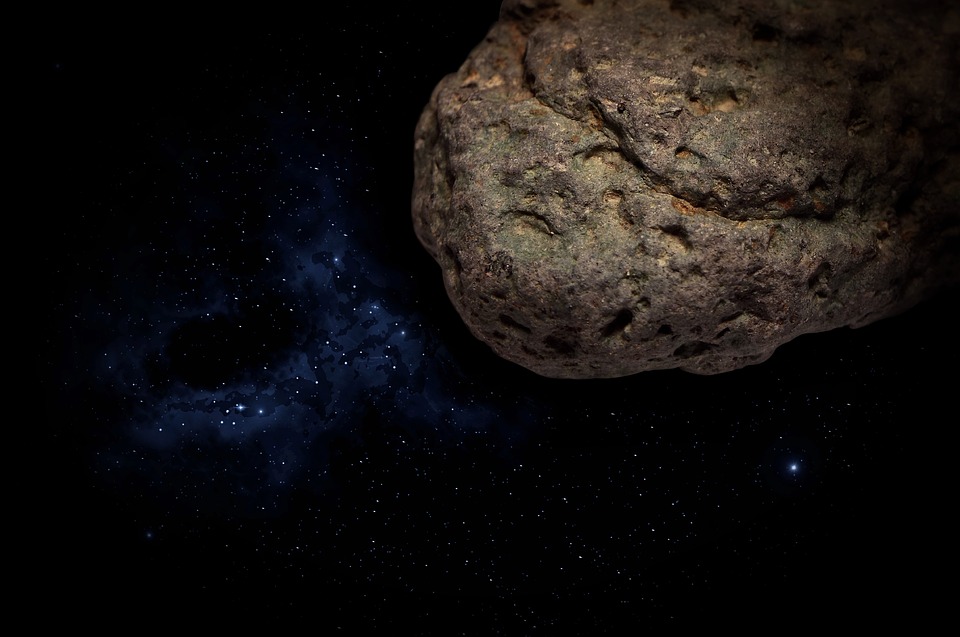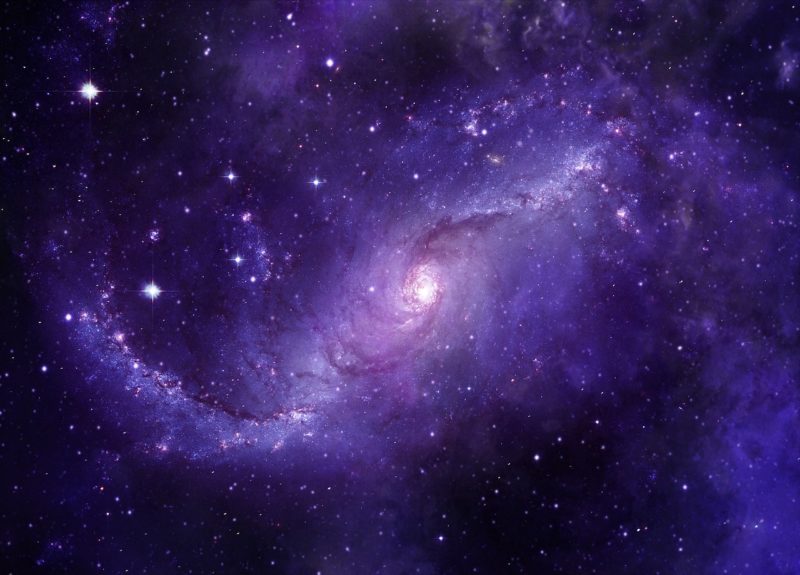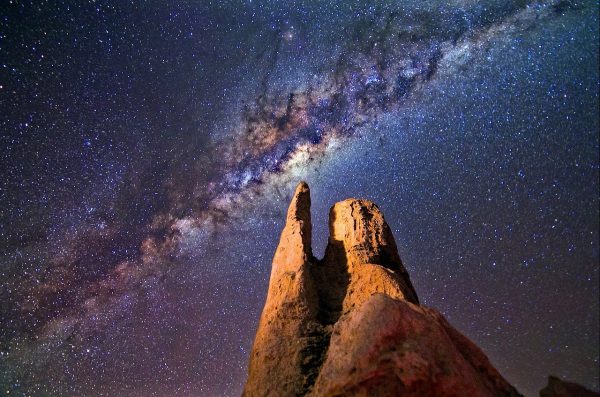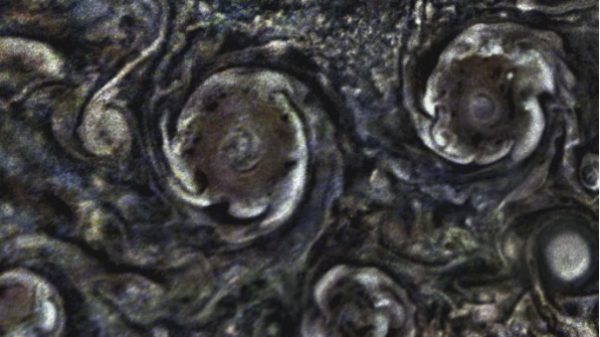What We Learned About Black Holes in 2020
Physicists are currently in a golden age of new knowledge about black holes. Since 2015, researchers have been able to get signals directly from merging black holes using the Laser Interferometer Gravitational-Wave Observatory (LIGO), while observatories like the Event Horizon Telescope (EHT) have produced the first image of a black hole’s shadow. This year was no exception, with a fresh crop of exciting and unique results expanding our black hole horizons. Here, we take a look at some of the most spectacular black hole findings of 2020. Nobel Prize in physics goes to black holes As if to certify that this … Read more












